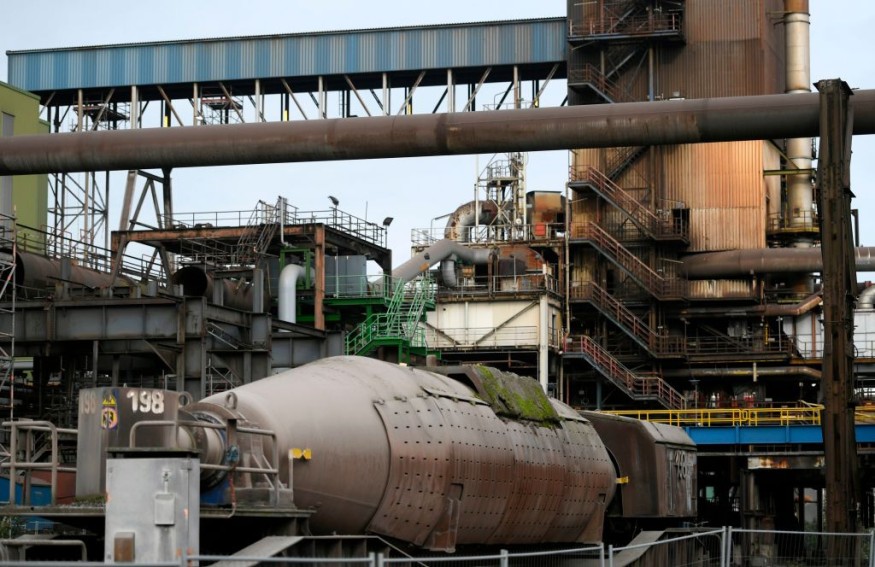Green hydrogen has been looked at as one of the solutions to fight climate change, plagued by greenhouse gas emissions and burning fossil fuels.
However, the conventional storage of highly explosive gas has proved to be a challenge over the years.
To address the dilemma, microbiologists from Germany used bacteria to create a "biobattery" that will serve as hydrogen storage, as part of a new study.
The scientists successfully contained the hydrogen with the help of microbes, which have been known in the past to absorb or convert natural gases.
The ground-breaking discovery served as a first step in the ongoing search for a carbon-neutral energy source against the climate crisis and global warming.
The findings added to a rare combination of scientific theories in the fields of chemistry and biology in addressing some of the most pressing environmental and climatic challenges of our time.
Biobattery and Hydrogen Storage

In a new paper published in the journal Joule on May 20, a team of microbiologists from the Goethe University Frankfurt in Germany explored biological hydrogen storage and release by using multiple cycles of bi-directional hydrogenation of carbon dioxide.
Through the creation of the bacteria-powered biobattery, the team was able to develop the hydrogen storage that can last for more than two weeks in one process unit.
This is made possible as the battery aims to reverse the storage of electrons of the dihydrogen elemental molecule in the state of formic acid.
The foundation of the research comes from the principle that hydrogen is an essential fuel in a carbon-neutral economy but its storage and transportation are difficult since it can combust at any time.
As a result, the scientists opted to use the bacteria Acetobacterium woodii as the biocatalyst.
Prior to the Goethe University Frankfurt study, various efforts have been reportedly undertaken to produce green hydrogen.
This left chemists and biologists with one of many options such as the conversion of hydrogen and carbon dioxide into formic acid.
What is Green Hydrogen?
Green hydrogen is also a hydrogen but a byproduct of renewable energy or low on carbon dioxide.
In a process called electrolysis, hydrogen is produced by splitting water, particularly its elemental molecules hydrogen and oxygen.
It is said green hydrogen could play an important part in decarbonizing electricity-deprived economic sectors, including aviation, heavy manufacturing, and haul trucking, according to a November 2020 article published in the Yale School of the Environment of the Yale University in New Haven, Connecticut.
Green Hydrogen and Climate Crisis
Hydrogen has long been thought to be the "fuel of the future" for its potential ability to mitigate the climate crisis since it can offer us deviation away from our dependence on fossil fuels.
It can also reduce carbon dioxide emissions in the industrial and transport sectors, according to the World Economic Forum.
Since carbon dioxide is one of the main greenhouse gases that increase the greenhouse effect and the warming of the planet, the Germany-based study on the development of a biobattery and hydrogen storage could address significant issues on clean energy, renewable energy, and alternative energy sources in the future.
© 2025 NatureWorldNews.com All rights reserved. Do not reproduce without permission.





